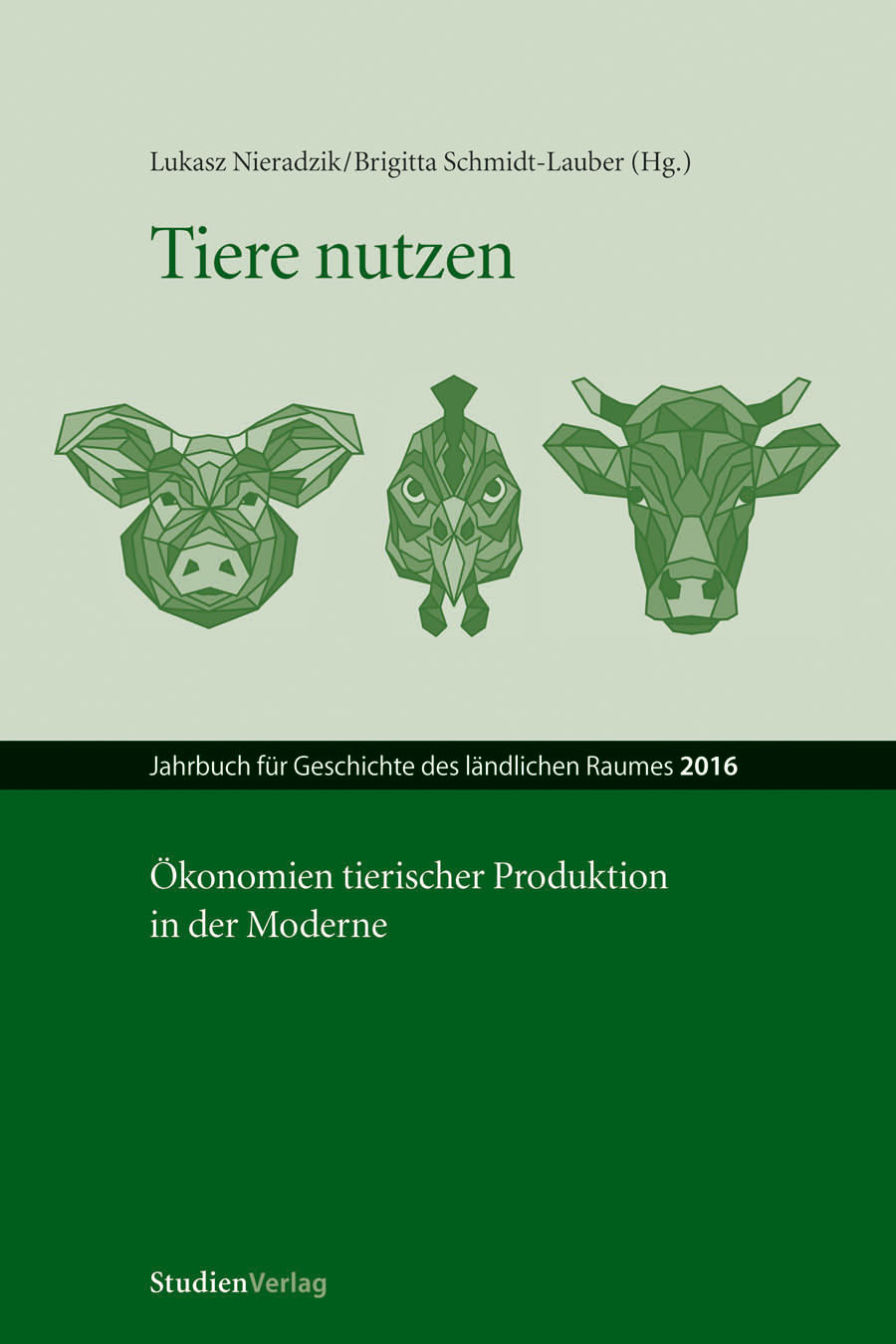Von „Umformungsprozessoren“ und „ Überpferden“
Zur Konzeptualisierung von Arbeitstieren, Maschinen und Motoren in der agrarisch-industriellen Wissensgesellschaft 1850–1960
DOI:
https://doi.org/10.25365/rhy-2016-9Abstract
During the 19th century draft animals emerged as a more suitable source of power for the mechanization of agricultural production than the steam engine that had been the power centre of the manufacturing industry since the late 18th century. While horses, oxen, cattle and dogs were crucial for implementing the industrially produced machines in the agricultural practice, a conceptual dialectic between animals, machines and motors developed in
the period between 1870 and 1960. Animals were perceived as “living machines” and “animal motors” in analogy to the steam engine and machines became identified as “animal motors” in order to compete with the already established draft animals. The newly gained scientific and tacit knowledge of the animal body and its specific emotional, intellectual and physical capacities heavily influenced the rising agricultural engineering-industry. In the first half of
the 20th century engineers, in close cooperation with farmers and agronomists, developed new motor-powered machines including the multifunctional tractor equipped with a power take-off. This tractor became the new power centre on the farm in the middle of the 20th century. The complex interplay between technological innovations and sociocultural dispositions for the first time enabled agriculture to participate in a significant way in the consumption
of mineral resources from the lithosphere – a precondition for the reduction of the so far multifunctional draft animals on the farm to monofunctional milk or meat producers.


